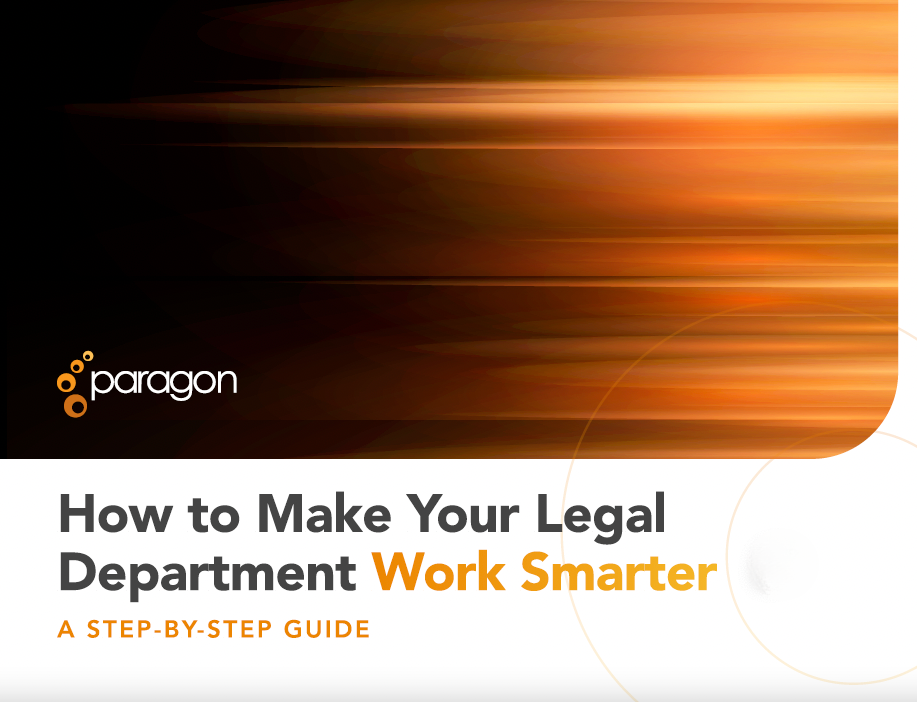In-house legal teams today face a clear mandate: operate more efficiently, demonstrate business value, and do more with the same or less. But traditional methods like relying heavily on outside counsel or managing work reactively aren’t built for today’s environment. It’s time for a smarter approach.
Our new ebook, How to Make Your Legal Department Work Smarter: A Step-by-Step Guide, lays out a practical, data-backed framework for transforming legal operations, starting with how work gets done, who does it, and where resources go.
This Guide Helps You:
- Pinpoint inefficiencies that drain time and budget
- Audit spend across in-house, outside counsel, ALSPs, and legal tech
- Analyze workload distribution and align talent with business-critical work
- Determine which tasks to automate, delegate, or shift
- Reduce overreliance on outside counsel without compromising quality
- Build a more agile, efficient, and scalable legal team
Why This Matters Now
According to the ACC’s 2024 Benchmarking Report, nearly 50 percent of legal budgets still go to outside counsel. But with mounting internal pressure and growing complexity, legal teams are rethinking how that spend aligns with strategy rather than habit.
As Paragon CEO Trista Engel puts it:
“You have to make the time to find your team time. This kind of assessment is an investment, but it pays off in impact, efficiency, and peace of mind.”
Start with What You Can Measure
Step 1: Assess Your Total Legal Spend
The guide starts with a deceptively simple question: where is your legal budget actually going? From in-house salaries to outside counsel and legal tech, this step shows you how to map cost centers, spot misalignment, and benchmark against industry norms. It also includes tips on how to run a resource audit using financial data you likely already have.
As Stephanie Corey, CEO of UpLevel Ops, puts it:
“Legal teams are doing work they shouldn’t be focused on—and using firms as an expensive overflow tool. Taking a step back is essential.”
Then, Look at What You’re Sending Out
Step 2: Analyze Outside Counsel Use
Legal spend isn’t just about the amount. It’s also about what kind of work gets sent out—and whether it makes sense. Step 2 walks through how to analyze the types of matters going to outside counsel, how those matters are resolved, and whether opportunities exist to shift work in-house or supplement with flexible legal talent.
Delida Costin, former GC and legal consultant, shares:
“It’s easy to let outside counsel spend just… run. But if you don’t take the time to look, you won’t see what’s being missed—or overspent.”
These are just the first two steps of a broader transformation framework designed to help legal leaders take control of their operations, reduce spend, and increase impact.
Download the guide to see what comes next.

